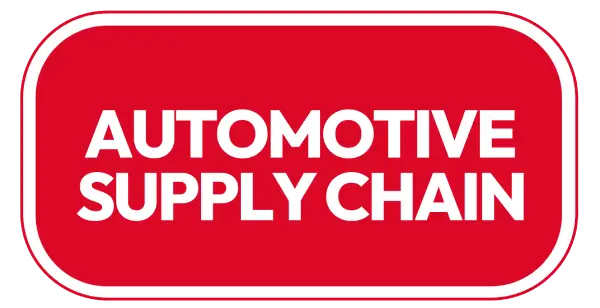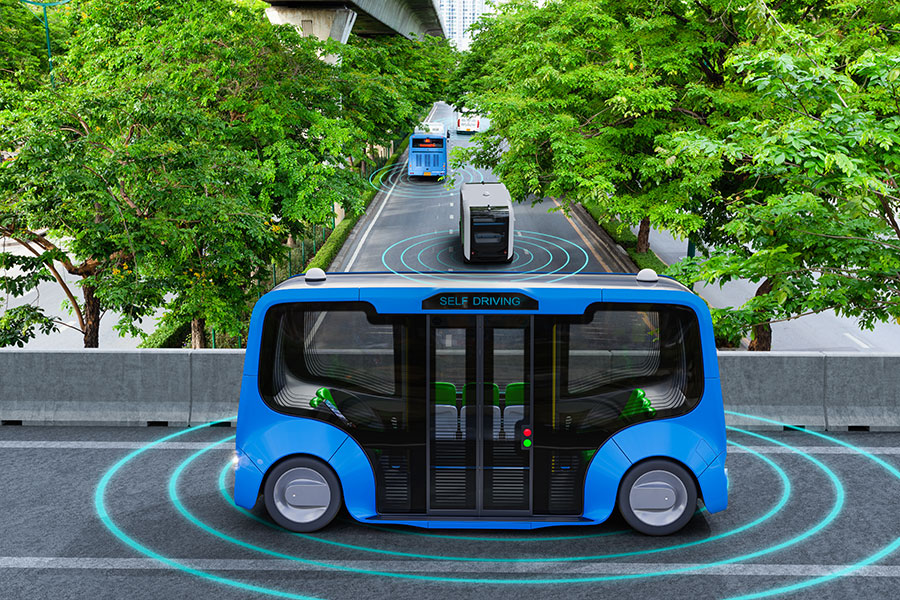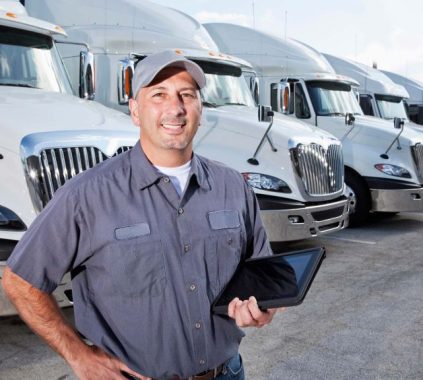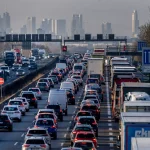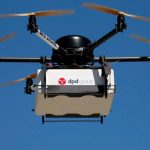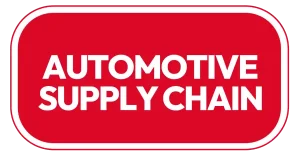As urban populations swell and the climate crisis becomes increasingly urgent, sustainable public transport is taking center stage in the planning of modern cities. Public transport systems are evolving, integrating innovative technologies and forward-thinking strategies to reduce environmental footprints while ensuring accessibility, efficiency, and affordability. But what will public transport look like in the sustainable cities of tomorrow?
The Challenges of Urban Mobility
Urban areas are growing at an unprecedented rate, with over 68% of the global population expected to reside in cities by 2050. This urbanization brings challenges: increased traffic congestion, air pollution, and pressure on existing transport infrastructure. Current transport systems often rely heavily on fossil fuels, contributing significantly to greenhouse gas emissions.
Sustainable cities need transport solutions that address these issues while supporting the broader goals of environmental protection, economic growth, and social equity.
Green Technologies Powering Public Transport
1. Electrification of Fleets
Electric buses, trams, and trains are leading the charge toward sustainability. Cities like Oslo and Shenzhen have transitioned to fully electric bus fleets, significantly reducing their carbon footprints. The adoption of electric vehicles (EVs) is supported by advancements in battery technology, with extended ranges and faster charging times making EVs a practical alternative to traditional diesel-powered options.
2. Hydrogen Fuel Cells
Hydrogen-powered public transport is another promising technology. Hydrogen buses and trains emit only water vapor and can cover long distances on a single charge. Cities like Hamburg, Germany, have begun deploying hydrogen buses, signaling the potential for broader adoption.
3. Autonomous Vehicles (AVs)
Self-driving buses and shuttles are being trialed in cities such as Singapore and Helsinki. Autonomous vehicles promise to optimize routes, reduce accidents, and operate 24/7, increasing efficiency while cutting costs.
Smart Public Transport Systems
The future of public transport is intrinsically tied to digitalization. Smart systems use data analytics, artificial intelligence, and the Internet of Things (IoT) to improve the passenger experience and system efficiency.
Dynamic Scheduling and Real-Time Updates
Smart systems can dynamically adjust bus and train schedules based on real-time demand, minimizing wait times and ensuring optimal use of resources. Passengers benefit from mobile apps providing live updates on vehicle locations, arrival times, and seat availability.
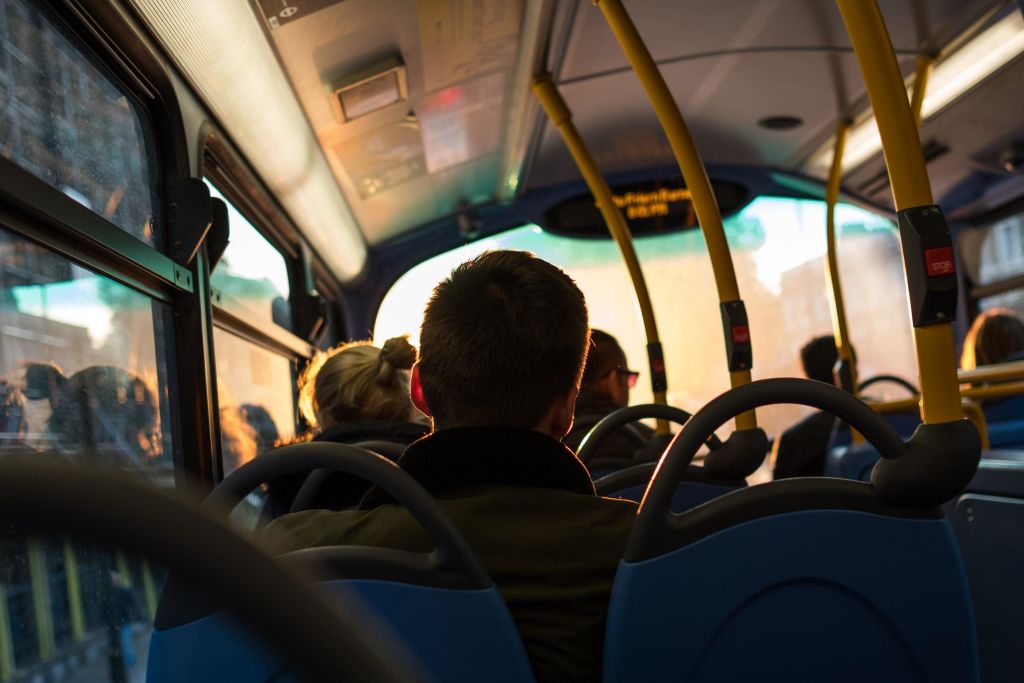
Integrated Ticketing Systems
Unified payment platforms allow passengers to use a single card or app to pay for buses, trains, bikes, and even ride-sharing services. This seamless experience encourages the use of public transport over private cars.
Traffic Management
Advanced traffic management systems prioritize public transport vehicles at intersections, reducing delays and keeping schedules intact. These systems also analyze traffic patterns to suggest alternative routes in case of congestion.
Sustainable Infrastructure
Creating sustainable public transport goes beyond vehicles; it requires eco-friendly infrastructure.
Green Transit Hubs
Transit hubs are being reimagined as green spaces with solar panels, green roofs, and rainwater harvesting systems. These hubs not only reduce energy consumption but also improve urban aesthetics and air quality.
Bicycle and Pedestrian Integration
Sustainable cities emphasize multimodal transport systems, integrating bike-sharing programs and pedestrian-friendly pathways with public transport networks. Cities like Amsterdam and Copenhagen lead the way, proving that cycling can complement urban mobility.
Energy-Efficient Stations
Metro and train stations equipped with energy-efficient lighting, ventilation, and cooling systems reduce operational costs and environmental impact.
Encouraging Public Transport Use
Sustainability hinges on the adoption of public transport by urban residents. To shift commuters away from private cars, public transport must be reliable, affordable, and convenient. Initiatives like congestion pricing, dedicated bus lanes, and subsidies for frequent users are effective strategies. Additionally, campaigns to raise awareness of the environmental benefits of public transport play a crucial role.
Case Studies: Cities Leading the Way
Several cities are already pioneering the future of sustainable public transport:
- Curitiba, Brazil: Known for its efficient Bus Rapid Transit (BRT) system, Curitiba has been a global model for high-capacity, eco-friendly bus networks.
- Copenhagen, Denmark: The city’s focus on cycling and integration with public transport systems has earned it a reputation as a sustainable urban mobility leader.
- Tokyo, Japan: With one of the most efficient and punctual rail systems in the world, Tokyo sets a standard for reliability and scalability.
- Singapore: The city-state combines smart technology, congestion pricing, and high-quality public transport to reduce car dependency.
Vision for 2050: A Sustainable Transport Utopia
By 2050, sustainable public transport could transform cities into efficient, green, and livable spaces. Picture a city where electric buses glide silently down streets, autonomous shuttles whisk passengers to their destinations, and seamless integration of bikes, trains, and trams ensures that no corner of the city is out of reach.
Public transport hubs will double as community spaces powered by renewable energy, and commuters will rely on AI-powered apps to plan multi-modal journeys with minimal carbon impact. In this vision, sustainability isn’t a choice—it’s a way of life.
Conclusion
The future of public transport in sustainable cities lies at the intersection of technology, policy, and community engagement. By embracing green technologies, smart systems, and eco-friendly infrastructure, cities can create public transport networks that meet the demands of a growing urban population while protecting the planet. The journey to sustainable urban mobility is already underway—let’s ensure we stay on the right track.
